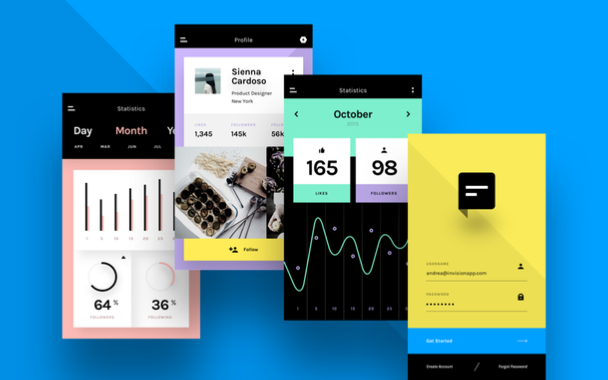It can’t be said enough: Consumers want to buy from brands they know. Interacting with consumers through a consistent brand voice and aesthetic is a major step towards letting consumers get to know you as an organization. When they know you, they will identify with you and your purpose. And when consumers feel like they know you and can trust you, they will be more likely to purchase from you.
Why Design Research?
1. Learning about people’s behavior
Behavior is fertile ground for design. Not just human behavior, but systems behavior: social, technical, environmental, political, and economic systems. Increasingly, we are faced with ill-defined problems that are related to the workings of entire systems. Long gone are isolated problems (and opportunities).
Understanding behavior gives designers at least two important kinds of insight. First, it provides a sense of action in the world, which can lead to empathy. For example, how does a patient go about finding his or her way to the radiology lab at a hospital for a first cancer treatment, and what is that way-finding experience like? Second, understanding behavior provides some clues about practices and patterns. For instance, many cancer patients at certain clinics memorize their medical record number in order to get treatment, and those numbers can be tied to schedules, appointment locations, and treatment plans.
What is culture and why does it matter to designers? Isn’t culture kind of a fuzzy concept that is always changing? Yes, and because its elements are so deeply familiar and obvious to us we often don’t recognize them as contributing to “culture” at all.
Yet culture is another important system when it comes to understanding design because it deals with the relationships we build between each other, our things, our routines, our view of the the world, and our beliefs. Anthropologist Clifford Geertz defined culture as consisting of “Webs of significance that man himself has spun…and the analysis of it [should] be not an experimental science in search of law, but an interpretive one in search of meaning.” Asking simple questions about obvious things can lead to unexpected answers and rich insights.
A designer can reflect on these insights and use them to influence certain nuances in their designs. For example, using the metadata associated with a cancer patient’s medical record number, such as appointments, schedules, maps, and customized directions of the hospital, adds meaning to a simple and common interaction at a hospital–getting directions. Placing a pathway on the ground to follow enables those same patients, who might often be self-conscious of their bald heads after treatment, to navigate very social environments without having to process the stares of other visitors.
Article written by JON FREACH is design research director at frog. He has a 14-year background in user experience research and interaction design, and his writing has appeared in design mind and Interactions magazine. He lives and works in Austin.
Cool Design Book from HowDesign.com Treat Ideas Like CATS
Studio Science: 30k ft – The Brand Challenge, A Discussion
Branding NYC Tourism
By: Amanda Aszman | November 10, 2016
Prototyping
Prototyping means different things to different people, but we generally define it as an application that looks very close to the intended final product. This includes a fully functional, designed application with navigation systems and minor functionality. Generally prototypes have no back end data (they don’t save anything, and aren’t integrated with third-party systems). However, you can play with it, touch it, and show it off to management for approval, potential customers for feedback, or investors to help them part with their capital.
Wireframing and UX Design
Wireframing is the art of putting together sketches of how your app is going to work. It’s more about the UX (user experience) than it is about the actual look-and-feel. These become the blueprints for your application. Our clients use our wireframe applications to sell ideas internally, raise capital, and validate ideas with their intended customers. Our discovery phase includes in-depth interviews with our clients and their stakeholders. We cover all aspects of your target markets, launch strategies, and third-party integrations. 4HorseMedia builds fully clickable PDF documents, which allows you to get a feel for how an application will function before we ever write a line of code.
Trends in UX Design (Discovery)
What are we currently doing? Yes, we are working on an Finanacial App Project – unfortunately we are unable to disclose the name at this time however, our staff is excited to working on the project. We want to inform you about how important the “Discovery Process” has been to our client and our company. Our detailed discovery process gives our engineers the insight into your business needs to create a demoable product or set of wireframes. It’s a little bit like hiring an engineering department in a box. You can rely on 4horseMedia technical expertise to proof your concept and use us as an interim CTO while you work out exactly what you want to build.

